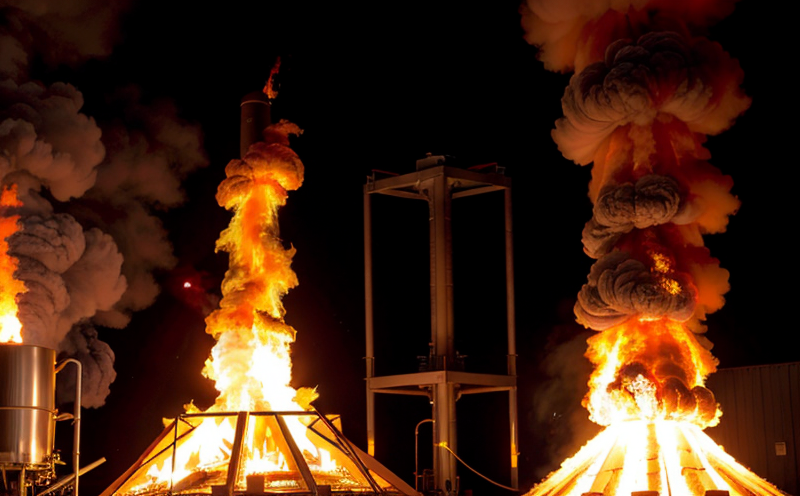CFR 16 Flammability Testing of Clothing Textiles
The Consumer Product Safety Improvement Act (CPSIA) and the U.S. Federal Trade Commission (FTC) regulations under CFR 16 Part 1607 mandate specific flammability testing for children's clothing and sleepwear. This test ensures that textiles used in these products meet stringent safety standards to protect public health and minimize the risk of fire hazards.
The primary objective of CFR 16 testing is to prevent ignition or spread of flame when exposed to a source of heat, flame, or sparks. It evaluates the flammability properties of fabrics by assessing their resistance to catching fire under controlled conditions. This test is crucial for manufacturers and suppliers who must comply with legal standards set forth by regulatory bodies.
The testing method involves subjecting samples of clothing textiles to specified ignition sources using apparatus such as a Cone Calorimeter or Steady Flame Tester. The results are compared against the acceptance criteria outlined in CFR 16 to ensure that fabrics meet safety requirements.
The testing process is highly regulated and involves meticulous sample preparation, precise measurement of flame spread rate or heat release, and careful observation of the behavior of textiles under fire conditions. Compliance with this standard not only ensures product safety but also builds consumer trust in brands committed to high-quality standards.
Understanding the nuances of flammability testing is essential for quality managers, compliance officers, R&D engineers, and procurement teams within textile and clothing manufacturing industries. By adhering to these regulations, businesses can safeguard their reputation while meeting legal obligations.
Why Choose This Test
Choosing CFR 16 flammability testing for your products offers several advantages:
- Legal Compliance: Ensures that your clothing textiles meet the stringent requirements set by FTC regulations.
- Safety Assurance: Provides peace of mind knowing that your products are safe from fire hazards.
- Customer Trust: Builds trust with consumers who value safety and quality in their purchases.
- Competitive Edge: Demonstrates commitment to excellence, which can enhance brand reputation and market position.
By selecting this testing service, you contribute to a safer environment while maintaining regulatory compliance. This is particularly important for companies dealing with children's wear and sleepwear where safety is paramount.
Quality and Reliability Assurance
The quality and reliability of the flammability testing results are critical to ensuring product safety and compliance with legal standards. Our laboratory adheres strictly to international standards such as ISO 5636-2 for Cone Calorimetry, which provides a standardized approach to measuring heat release rates during flaming tests.
We employ experienced technicians and state-of-the-art equipment to perform these tests accurately. Our rigorous quality control processes ensure that every sample is handled with care from initial preparation through final analysis. This commitment to precision guarantees consistent and reliable outcomes, enhancing the confidence of our clients in the accuracy of their test results.
Our laboratory's proficiency in this field has been recognized by regulatory bodies like the FTC, ensuring that you receive results that are not only accurate but also legally defensible. Our expertise spans various textile types, including cotton, polyester, and blends, providing comprehensive coverage for a wide range of products.
Use Cases and Application Examples
| Application | Description |
|---|---|
| Children's Wear | Ensures that clothing items for infants and toddlers meet strict flammability standards. |
| Sleepwear | Guarantees that pajamas and nightgowns are safe from fire hazards. |
| Hospital Gowns | Promotes patient safety by preventing accidental ignition in hospital settings. |
| Specimen Preparation | Description |
|---|---|
| Cutting Specimens | Standard size and shape specimens are cut from the fabric to ensure consistency in testing. |
| Marking Specimens | Specimens are marked with identifying information for traceability. |
- Testing is conducted using Cone Calorimeter or Steady Flame Tester apparatus as per CFR 16 Part 1607.
- Results are compared against acceptance criteria to determine compliance.
- Reports detail the heat release rate, flame spread behavior, and other relevant parameters.
These testing methods help identify potential risks early in the product development cycle. By incorporating flammability testing into your quality assurance process, you can proactively address any issues before they reach the market.





